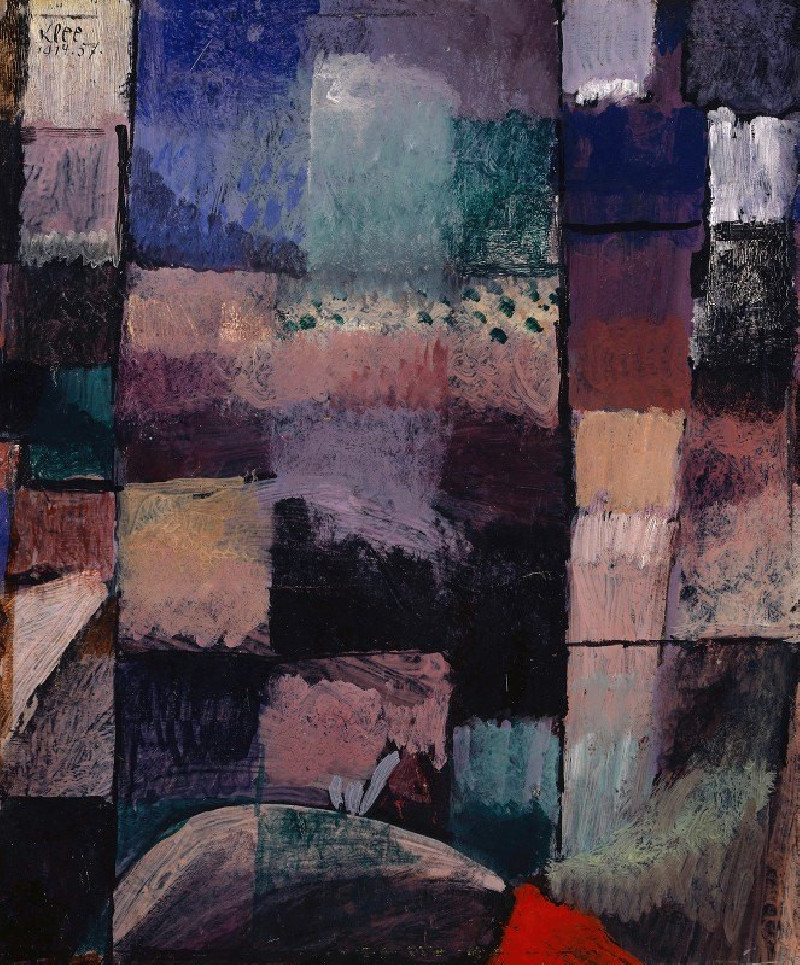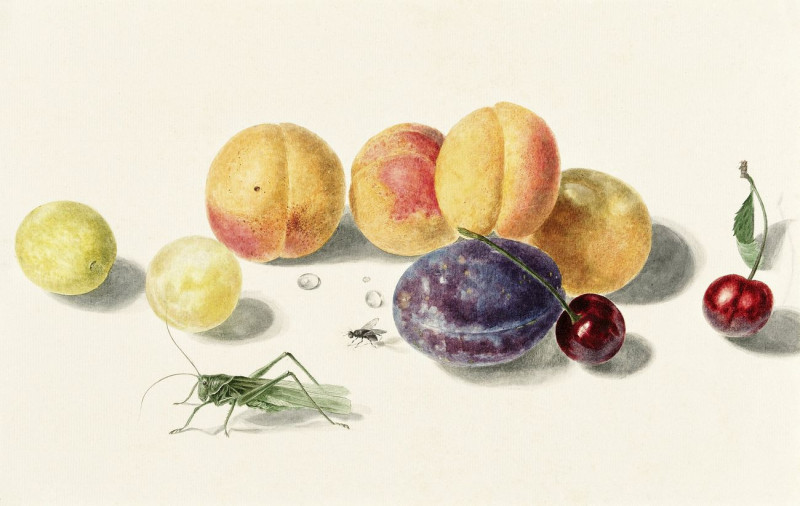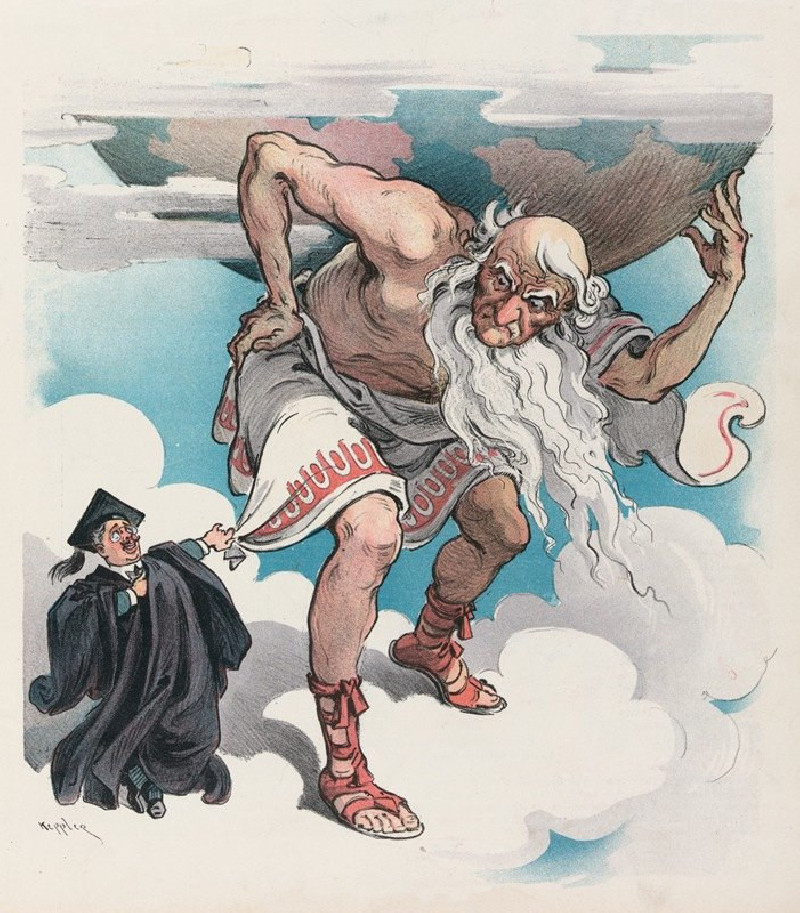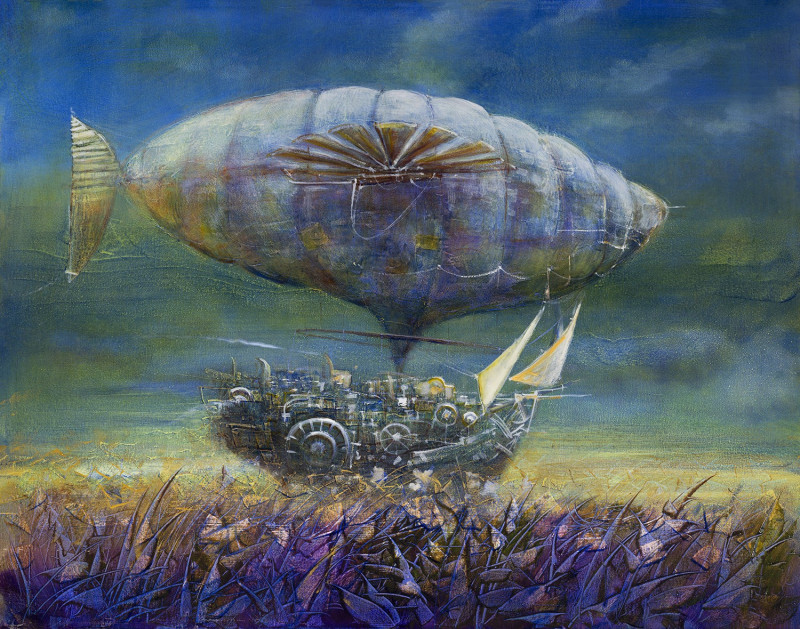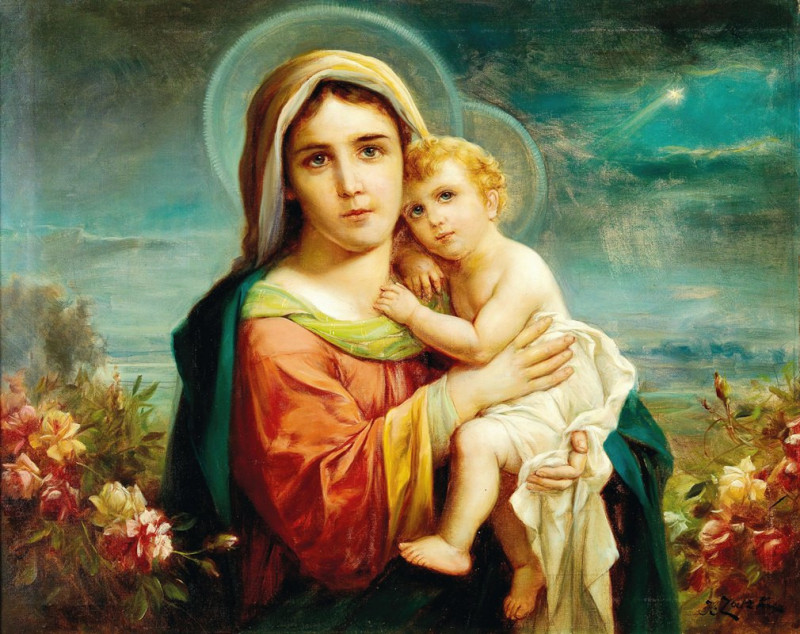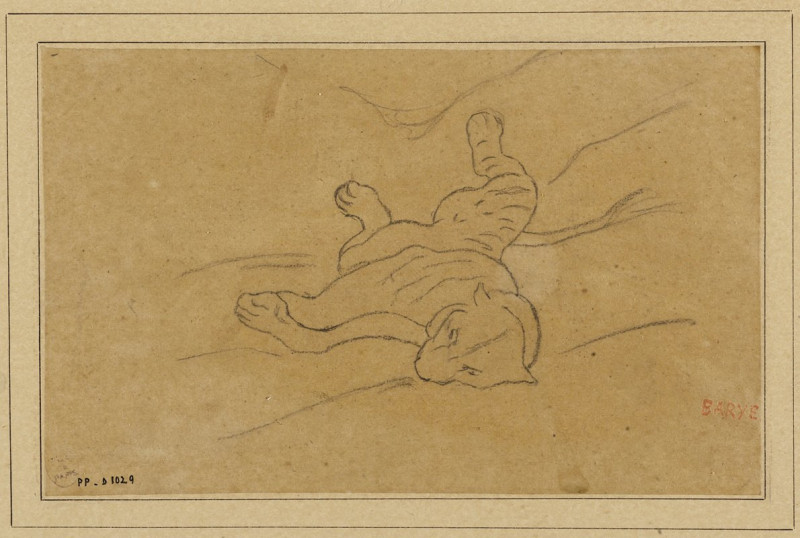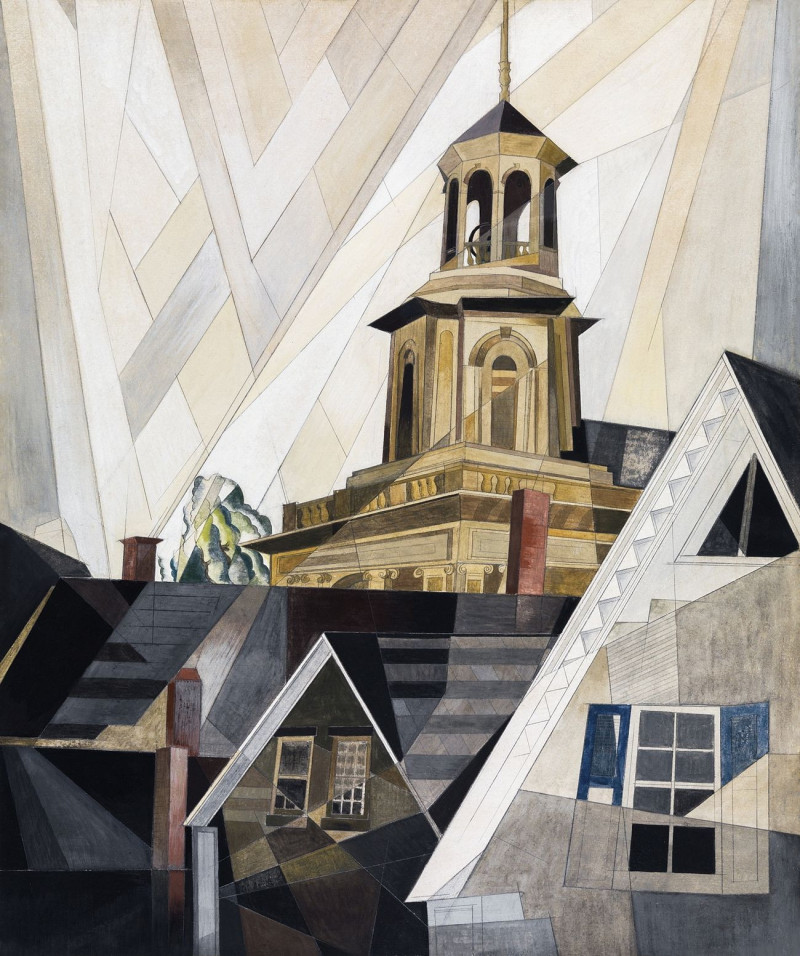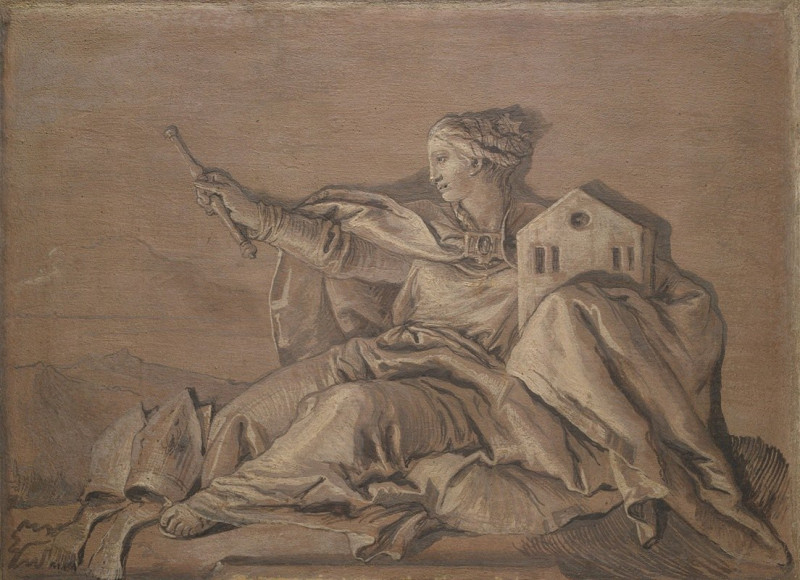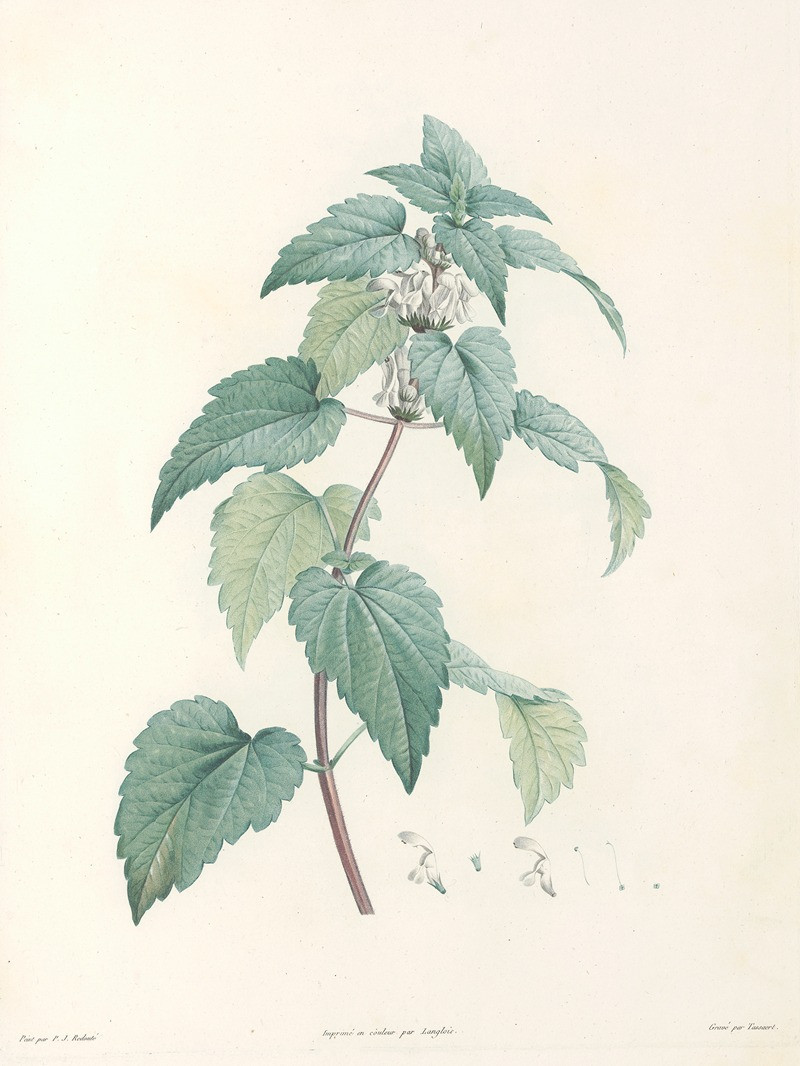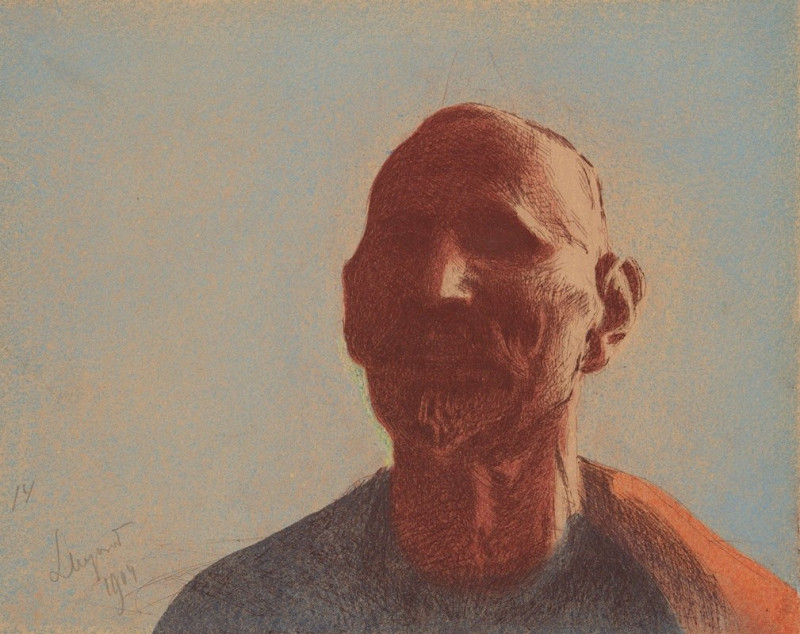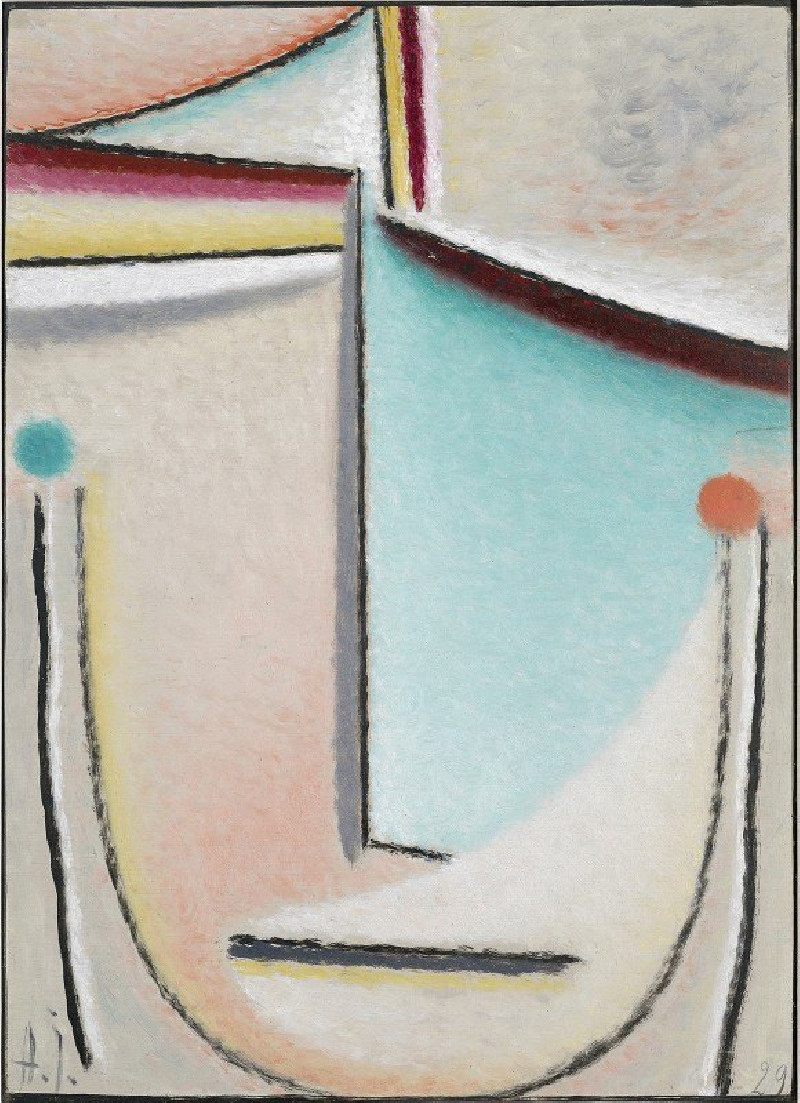About a motif from Hammamet (1914)
Technique: Giclée quality print
Recommended by our customers
More about this artwork
"About a Motif from Hammamet" (1914) is a captivating painting by Paul Klee, one of the most innovative artists of the early 20th century. In this intriguing work, Klee captures the essence of Hammamet, a town in Tunisia, not through direct representation, but through an abstract exploration of color and texture. The painting is an assembly of diverse patches and blocks of colors, ranging from somber blues and deep purples to earthy browns and subtle pinks.Klee's artistry is evident in the way he balances these colors, each patch contributing to an overall harmony that magically hints at the landscape of Hammamet. There's a sense of depth and layering in the artwork which may suggest various elements of the town, perhaps the architecture, or the sky and sea meeting at a distance. The patchwork-like composition invites viewers to interpret the scene, piecing together the fragmented forms as one might recall a memory or a dream.This painting from Klee's travel in Tunisia marks a pivotal point in his career, reflecting a transition towards abstraction and experimentation that would define his later works.
Delivery
Returns
Paul Klee was a Swiss-born German artist. His highly individual style was influenced by movements in art that included expressionism, cubism, and surrealism. Klee was a natural draftsman who experimented with and eventually deeply explored color theory, writing about it extensively; his lectures Writings on Form and Design Theory (Schriften zur Form und Gestaltungslehre), published in English as the Paul Klee Notebooks, are held to be as important for modern art as Leonardo da Vinci's A Treatise on Painting for the Renaissance.

